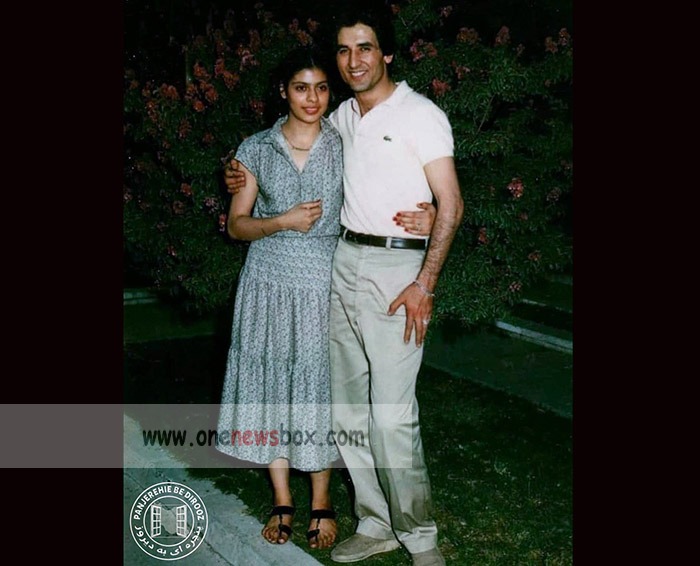Legacy of the 1950s Cultural Atmosphere
The cultural conflicts of the 1950s left several lasting legacies:
-
Deepened Cultural Polarization: Tradition and modernity became entrenched as opposing camps.
-
Empowerment of Small Media: Informal communication networks proved crucial for mobilization.
-
Emergence of Cultural Identity Politics: Opposition movements increasingly framed their struggle as one of cultural survival.
-
Prelude to Revolution: The unresolved cultural duality of the 1950s foreshadowed the broader crisis of legitimacy that culminated in 1979.
Conclusion
The cultural atmosphere of Iran in the 1950s cannot be reduced to a simple narrative of tradition versus modernity. It was a complex, contested space shaped by historical continuities, state policies, social transformations, and the actions of diverse cultural actors. The rise of Western-oriented modernity, while embraced by some, alienated traditional groups who felt excluded from political participation and cultural representation. The result was a pluralistic but conflictual cultural field, in Bourdieu’s sense, where competing visions of Iran’s identity clashed.

